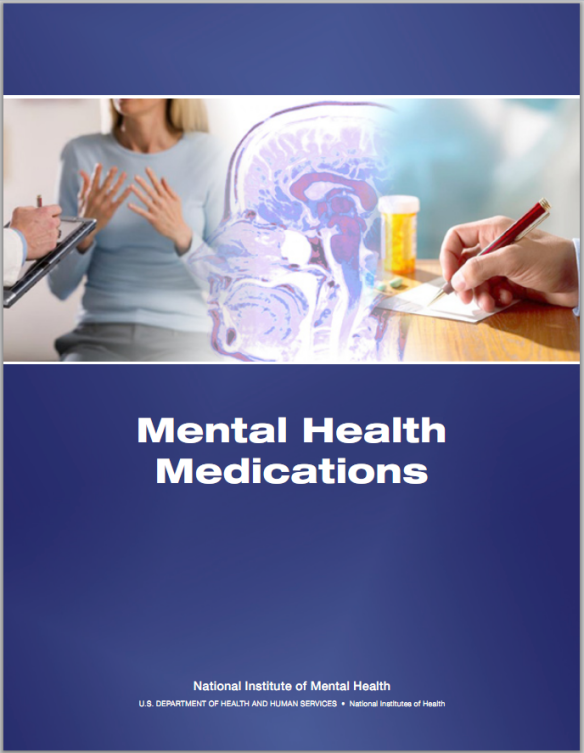By Ryan Jaslow & Michelle Castillo
 The controversial revision to psychiatrists’ “bible” of diagnostic criteria has finally arrived. The American Psychiatric Association released its fifth edition of the Diagnostic and Statistical Manual of Mental Disorders, or dubbed simply as the “DSM-5.”
The controversial revision to psychiatrists’ “bible” of diagnostic criteria has finally arrived. The American Psychiatric Association released its fifth edition of the Diagnostic and Statistical Manual of Mental Disorders, or dubbed simply as the “DSM-5.”
The manual’s release was coincided with the APA’s annual meeting that kicked off May 18 in San Francisco.
The first major revision to the manual in almost two decades, the new DSM has been met by controversy since reports of proposed changes started to crop up last March.
Doctors often utilize the DSM to diagnose mental health disorders in patients that meet a specific set of criteria.
Among the major changes that garnered the most controversy was dropping Asperger’s syndrome, child disintegrative disorder and pervasive developmental disorder not otherwise specified (PDD), and included them under the blanket diagnosis of autism spectrum disorder.
Revisions were also made to diagnostic criteria for mental health disorders including schizophrenia, bipolar disorder, dissociative identity disorder and depressive disorders.
For example, in the last version of the manual, the 1994 DSM-IV, there was was an exclusion criterion for a major depressive episode that was applied to people with symptoms of depression lasting less than 2 months following the death of a loved one. The DSM-5 removed this after the APA realized since the last version that grief can last up to two years, and bereavement can be a severe psychological stressor that triggers depression, rather than an exception.
Besides worrying some mental health advocates over concerns changes in their diagnosis would affect their abilities to get treatment for state funding, the manual’s release also pitted the government’s National Institute of Mental Health (NIMH) and the American Psychiatric Association (APA),
NIMH director Thomas Insel wrote in a statement in early May that the NIMH felt the proposed definitions for psychiatric disorders were too broad and ignore smaller disorders that were lumped in with a larger diagnosis.
“The weakness is its lack of validity. Unlike our definitions of ischemic heart disease, lymphoma, or AIDS, the DSM diagnoses are based on a consensus about clusters of clinical symptoms, not any objective laboratory measure. In the rest of medicine, this would be equivalent to creating diagnostic systems based on the nature of chest pain or the quality of fever,” he wrote.
The government agency said it would use a different classification system, the Research Domain Criteria (RDoC) project, instead for its studies.
The NIH and APA released a joint statement on May 13, saying that “patients, families, and insurers can be confident that effective treatments are available and that the DSM is the key resource for delivering the best available care.” But, the statement also said, “The National Institute of Mental Health (NIMH) has not changed its position on DSM-5.”
A petition was also started by doctors to protest the new DSM.
One vocal critic, Dr. Allen Frances, who co-authored the DSM-IV, told CBS This Morning on Thursday that we are over-treating people in this country who are “basically well” and are “shamefully neglecting” people with mental disorders who are really sick, including one million people in prison with psychiatric disorders. The new manual, he said, is too loose for its diagnoses.
He said the average diagnosis is being given by a primary care doctor in a seven minute visit.
“People who are basically normal are getting all kinds of medicine that they don’t need that makes them worse and it is a terrible drain on the economy,” Frances said.
“I’m very curious to see what happens because as you know there’s kind of this tension between the DSM and some of the new NIMH initiatives,” Dr. James Murrough, an assistant professor of psychiatry and neuroscience at Mount Sinai Hospital in New York City, told CBSNews.com Murrough was not involved in the new DSM, but will be presenting research at the APA meeting this weekend.
He said by now, some psychiatrists had hoped the new DSM would contain more information about scientific tests or scans for psychologists or psychiatrists to help aid their diagnoses. But, he added the new version doesn’t appear to look very different from the last one.
“I think everyone is kind of disappointed that we don’t have that yet,” he said.
More information about the DSM-5 can be found on the APA’s website.









